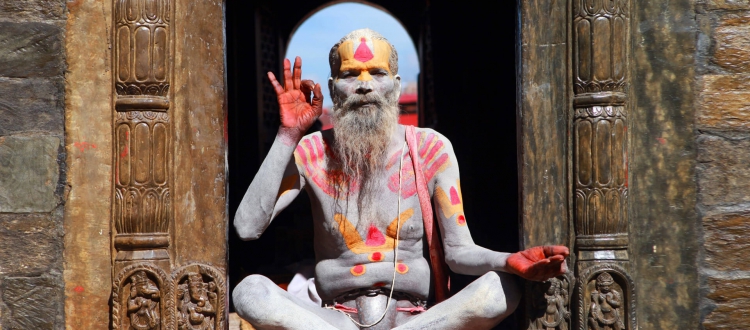About Samadhi

Samādhi, also called samāpatti, in Buddhism, Hinduism, Jainism, Sikhism and yogic schools refers to a state of meditative consciousness.
In the Yogic traditions, and the Buddhist commentarial tradition on which the Burmese Vipassana movement and the Thai Forest tradition rely, it is a meditative absorption or trance, attained by the practice of dhyāna.
In the oldest Buddhist suttas, on which several contemporary western Theravada teachers rely, it refers to the development of a luminous mind which is equanimous and mindful.


































